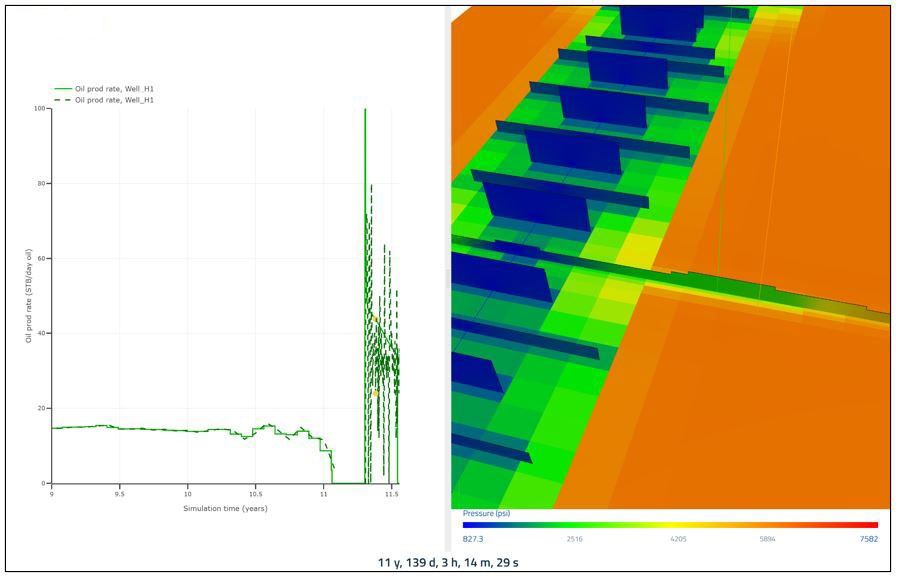
Sealed Wellbore Pressure Monitoring (SWPM) and Calibrated Fracture Modeling: The Next Step in Unconventional Completions Optimization
Well Data Labs and ResFrac collaborated with Devon Energy is demonstrate an automated workflow for calibrating ResFrac models to Sealed Wellbore Pressure Monitoring (SWPM) data from HFTS 1 Phase 3 refrac project in the Eagle



